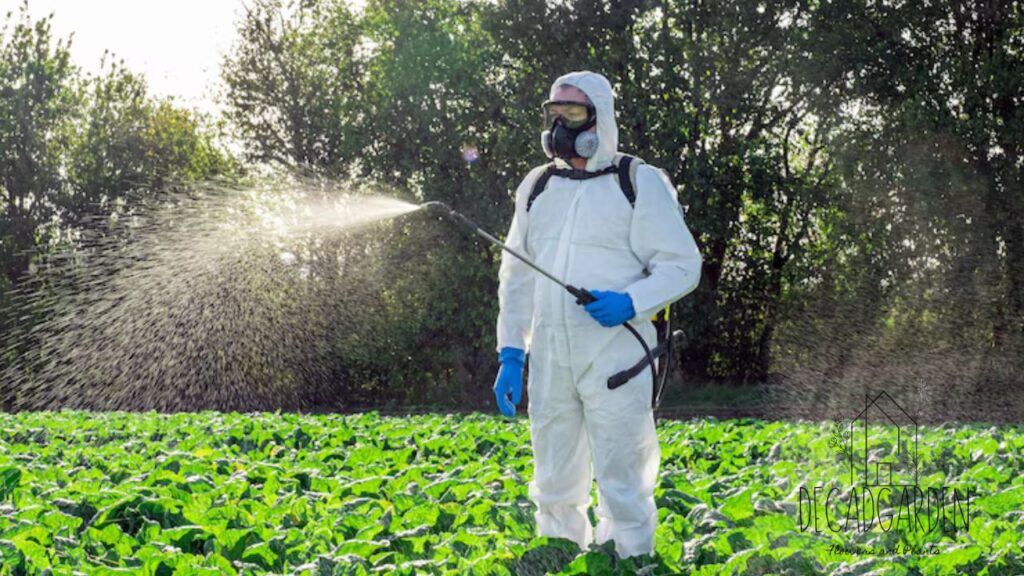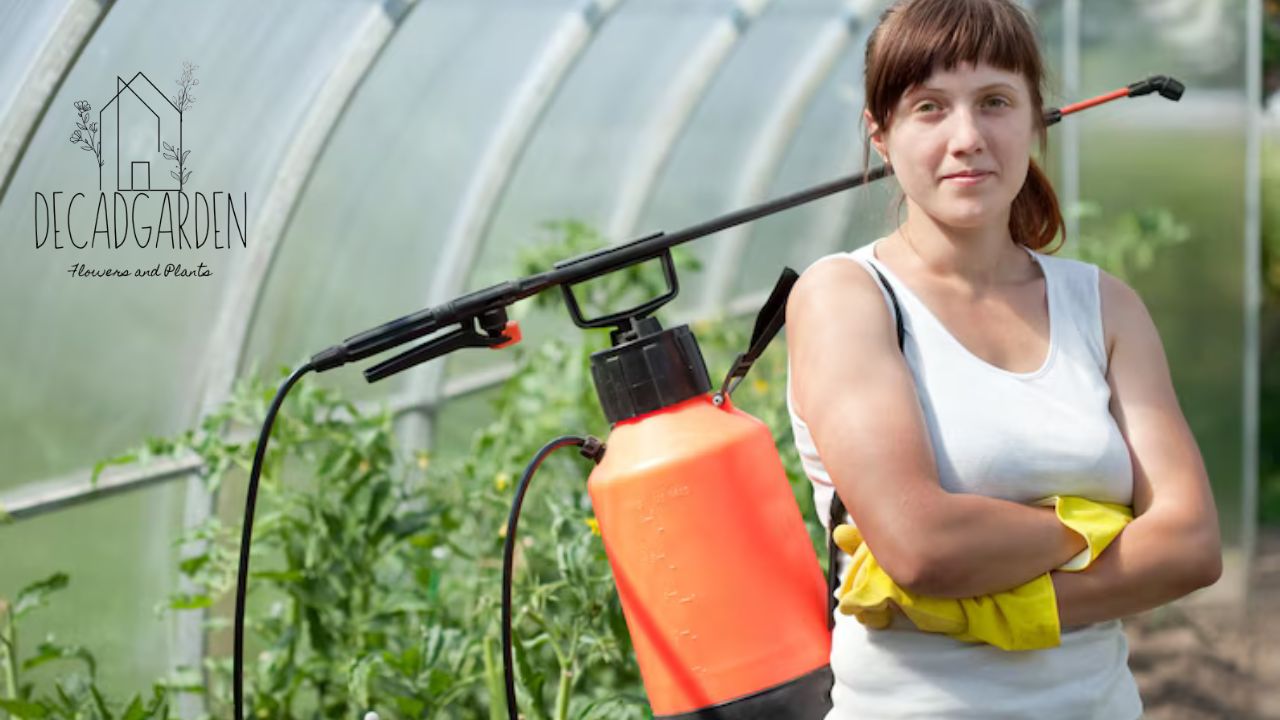Pest management has been a lingering challenge for homes, farms, and businesses. Whether it’s keeping mice out of the pantry or controlling crop-destroying insects, finding effective solutions often feels like a never-ending battle. But how do we fix the problems with pest management for good? The answer lies in rethinking methods, integrating new technology, and addressing the root causes of infestations while considering both environmental and human impacts.
Below, we’ll explore practical strategies, cutting-edge solutions, and real-life examples to tackle pest management problems effectively.
Quick Overview Table
| Issue | Proposed Solution | Results |
|---|---|---|
| Over-reliance on chemical pesticides | Integrated Pest Management techniques | Safer methods, less environmental harm |
| Lack of public awareness | Education and workshops | Better prevention strategies |
| Pest resistance | Rotating control methods | Decreased immunity in pest populations |
| Environmental impact | Use of organic and eco-friendly pesticides | Healthier ecosystems |
Why Pest Management Is a Growing Concern

Pests cause billions of dollars in damage every year. From termites gnawing through wooden structures to invasive bugs ruining agriculture, the financial and emotional toll of infestations is massive. For instance:
- Property Damage: Termites cause about $5 billion in damage annually in the U.S. alone.
- Agricultural Losses: Pests are responsible for 20–40% of global crop loss each year, according to FAO reports.
- Health Risks: Rodents and cockroaches spread diseases like salmonella and hantavirus.
Traditional pesticides remain a mainstay, but their overuse creates issues such as pest resistance, toxic buildup in ecosystems, and harm to beneficial species like pollinators. That’s why exploring alternatives and refining current practices is essential.
What Are the Core Issues in Pest Management?
Addressing pest management necessitates a closer examination of the main barriers.
1. Over-Reliance on Chemical Solutions
Chemical pesticides are fast-acting and widely available. However, repeated use has led to environmental problems and chemical-resistant pest populations.
2. Limited Awareness of Prevention Techniques
Many homeowners and farmers focus on reactive measures rather than prevention. For example, poorly maintained properties often serve as an open invitation for pests.
3. Difficulty Managing Urban and Rural Needs
Urban areas might deal with rats and cockroaches, while rural regions face unique agricultural pests. But unified or adaptable solutions still feel out of reach.
4. Lack of Smart Technology Integration
Despite advancements in tech, many pest management methods rely heavily on outdated tools and manual labor. This limits efficiency.
How Do We Fix the Problems with Pest Management?

To resolve pest management challenges effectively, we need diverse, flexible, and forward-looking solutions. Below are several approaches to consider.
1. Grow Organic Solutions Through Integrated Pest Management (IPM)
IPM emphasizes the combination of biological controls, cultural practices, and chemical use when necessary. This method minimizes harm to the environment and humans.
Some IPM strategies include:
- Natural Predators: Introducing ladybugs to control aphids is a classic example.
- Crop Rotation: Preventing large-scale infestations by disrupting pest life cycles.
- Biopesticides: Using products derived from natural materials like bacteria and fungi.
2. Educate and Empower Communities
A collective change starts with knowledge. Regular workshops, public awareness campaigns, and online resources can teach both homeowners and farmers about preventive measures.
Example
Simple changes like sealing cracks or storing food appropriately can reduce household pest problems by over 50%.
3. Innovate With Technology for Smarter Control
Smart pest management solutions are on the rise. Examples include:
- IoT-Based Traps: Devices that alert users when pests are caught, minimizing inconvenience.
- AI-Powered Surveillance: Automated cameras detect pest movements, allowing early intervention.
- Eco-Friendly Pesticides: Products targeting specific pest genes while sparing non-target species gain traction globally.
4. Address Environmental Risks
An eco-friendly approach goes a long way. For instance:
- Switching from harmful sprays to essential oil-based repellents not only keeps pests away but protects biodiversity.
5. Incorporate User Feedback and Customization
Customer satisfaction should steer pest management services. Below are a few user opinions from a pest control review website:
- “The eco-friendly option has made my home safer for pets and kids.”—Rated 4.8/5
- “Smart traps are great, but the initial costs are steep.”—Rated 4/5
6. House Plants and Dutch-Inspired Drought-Free Gardens
Pests are less likely to thrive in well-planned Dutch-style gardens known for natural balance and aesthetic beauty. Using specific plants like marigolds can repel common bugs, adding an ornamental and functional dimension to outdoor spaces.
Are Luxury Rentals and Pests Connected?
High-end rentals like chalet luxe Alpes le Collectionist or location villa Ibiza le Collectionist must offer pristine pest-free living. Custom inspections and preventive solutions such as mosquito nixes and professional-grade repellents ensure these exquisite properties retain their charm.
FAQs About Pest Management
Q1. How do pests become resistant to pesticides?
A. Pest populations often develop immunity due to repeated exposure to the same chemicals. Rotating pesticides or using generically engineered biopesticides can help.
Q2. Are eco-friendly pesticides effective?
A. Yes! Products derived from nature, like neem oil-based sprays, are highly effective when combined with preventative methods.
Q3. Can houseplants really repel pests?
A. Absolutely. Plants like lavender, basil, and mint naturally deter flies, mosquitoes, and ants while enhancing indoor décor.
Final Thoughts
Understanding how do we fix the problems with pest management requires a mix of modern tools, community action, and environmental mindfulness. While no one-size-fits-all solution exists, careful strategizing and adopting forward-looking practices can create a pest-free future for all.

















